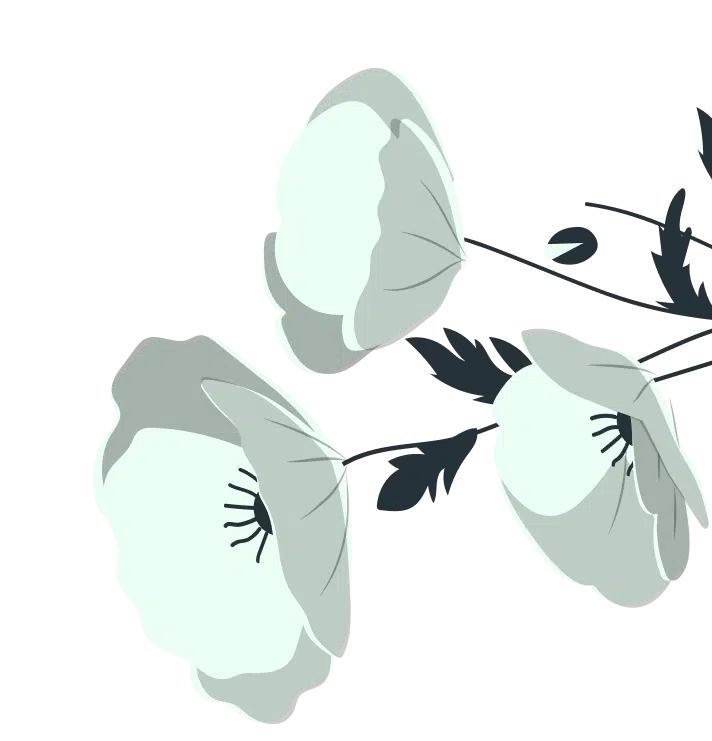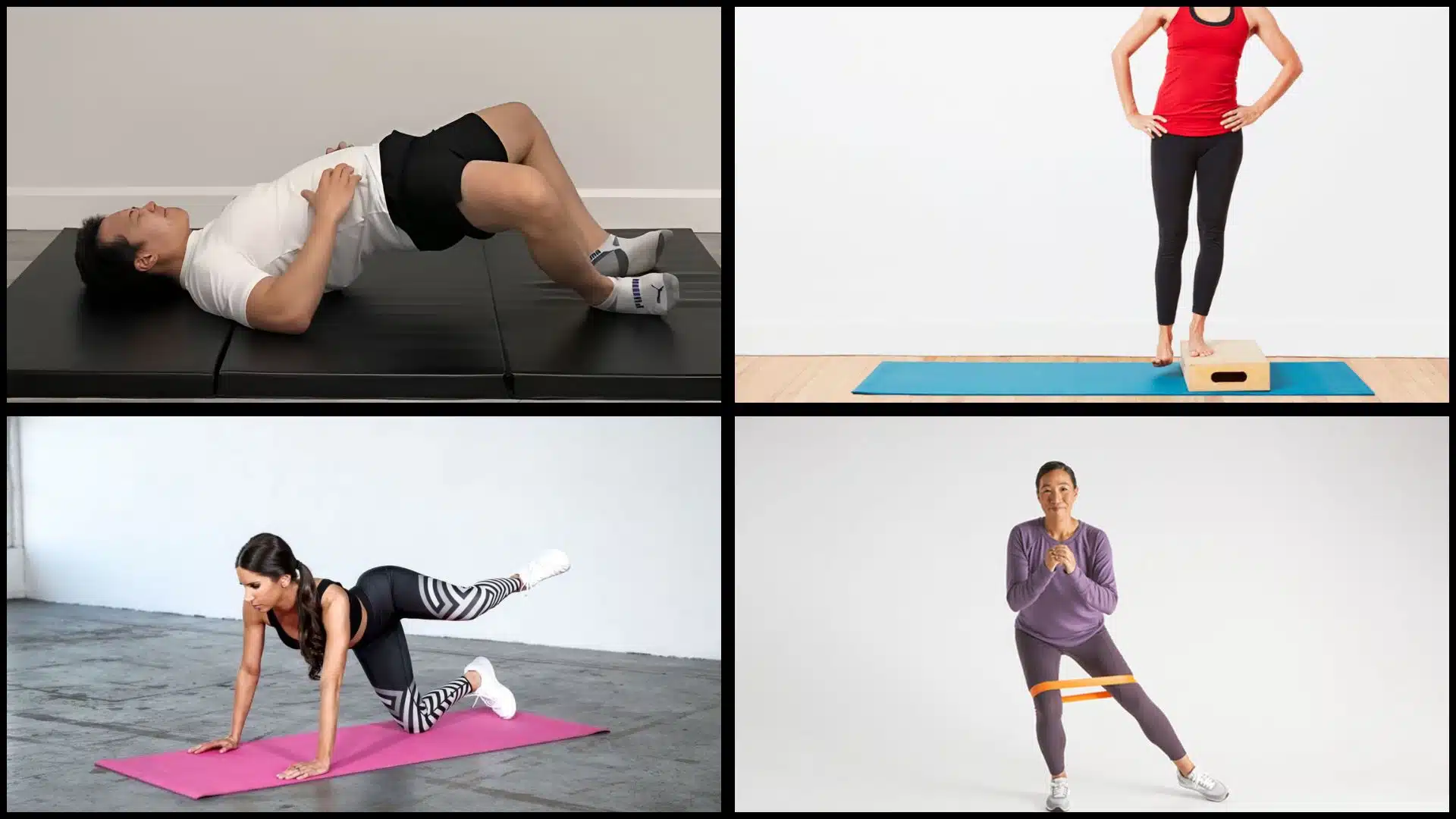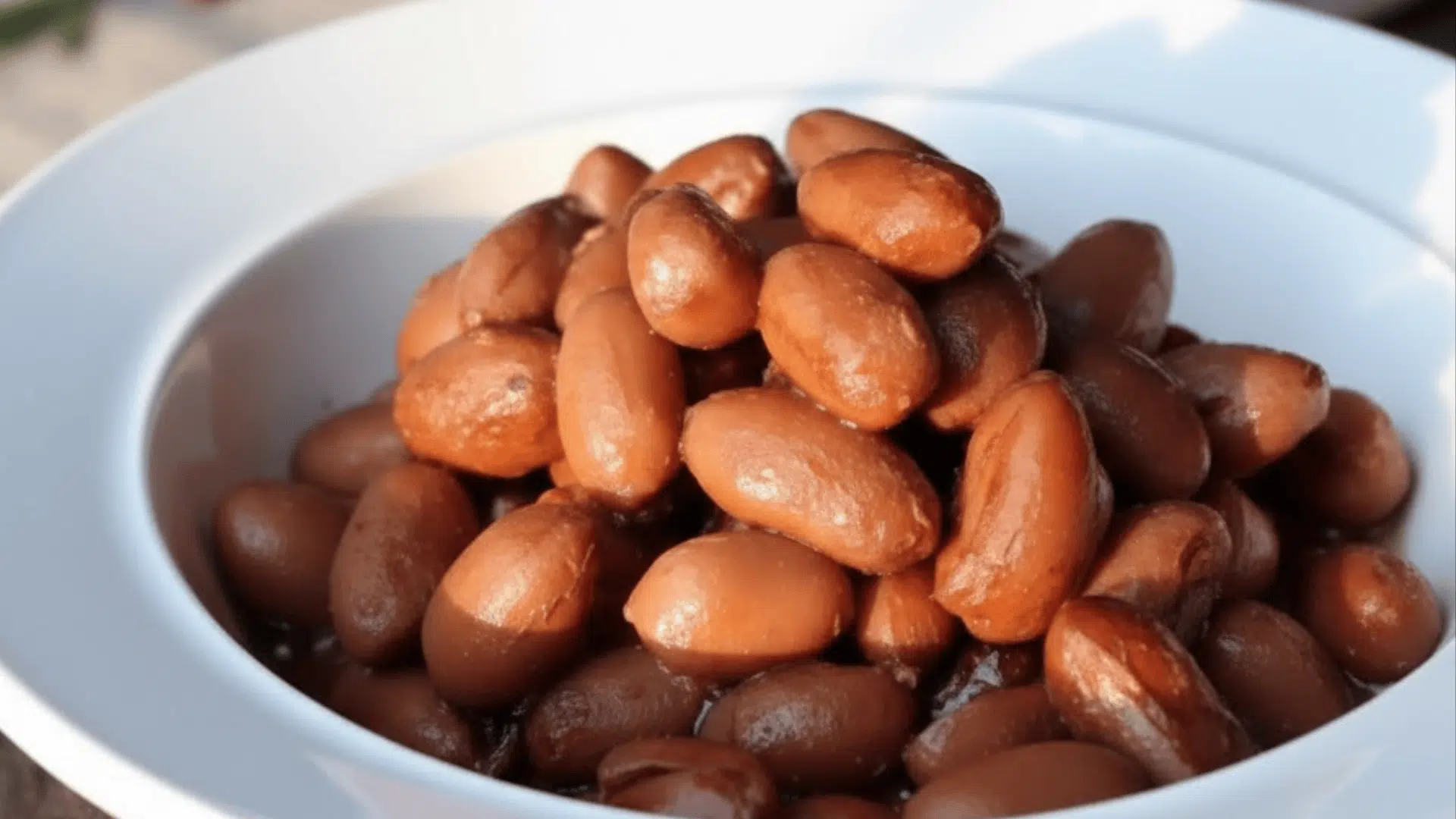Have you ever thought why your hips feel unstable or your knees hurt after walking? Your gluteus med (medius) might be the hidden culprit behind these problems.
This small but mighty muscle sits on your hip’s outer side and acts like your body’s natural stabilizer.
When this muscle becomes weak, your entire lower body suffers from pain and movement issues.
I’ll show you the most effective glute med exercises that can change your hip stability and overall movement quality.
These simple yet powerful movements will help you build strength, prevent injuries, and move with confidence again.
Understanding the Gluteus Medius
The gluteus medius sits between your larger gluteus maximus and smaller gluteus minimus on your hip’s outer side.
This middle muscle moves your leg away from your body’s center and keeps your pelvis stable during walking. It also helps rotate your thigh and maintains proper hip alignment during movement.
Unfortunately, this important muscle often becomes weak in modern life. Sitting for long hours causes it to switch off and lose strength. Many people rely too heavily on their gluteus maximus, leaving the medius underused.
Our daily activities rarely include sideways movements that naturally strengthen this muscle. When weak, your body compensates with other muscles, creating imbalances that lead to lower back pain, IT band syndrome, and knee problems.
How to Activate and Isolate the Gluteus Medius
Before jumping into heavy exercises, you need to wake up your sleeping gluteus medius muscle first.
- Lateral band walks are perfect for activation. Place a resistance band around your ankles and take small sideways steps while keeping your knees slightly bent. Feel the burn on your hip’s outer side.
- Isometric standing hip abduction works great for beginners. Stand tall and lift one leg sideways, keeping your upper body still. Hold for ten seconds before lowering slowly.
- For isolation, try side-lying leg raises on the floor. Lie sideways and slowly lift your top leg while keeping your body straight. Focus on controlled movements rather than speed.
- Single-leg squats also target this muscle when your standing leg’s gluteus medius prevents the hip from dropping.
The Best Gluteus Medius Exercises
I’ve compiled some proven exercises that specifically target your gluteus medius muscle for better hip stability and strength.
You can choose from lying, standing, and moving exercises to find the ones that work best for your fitness level and goals.
1. Side-Lying Hip Abduction
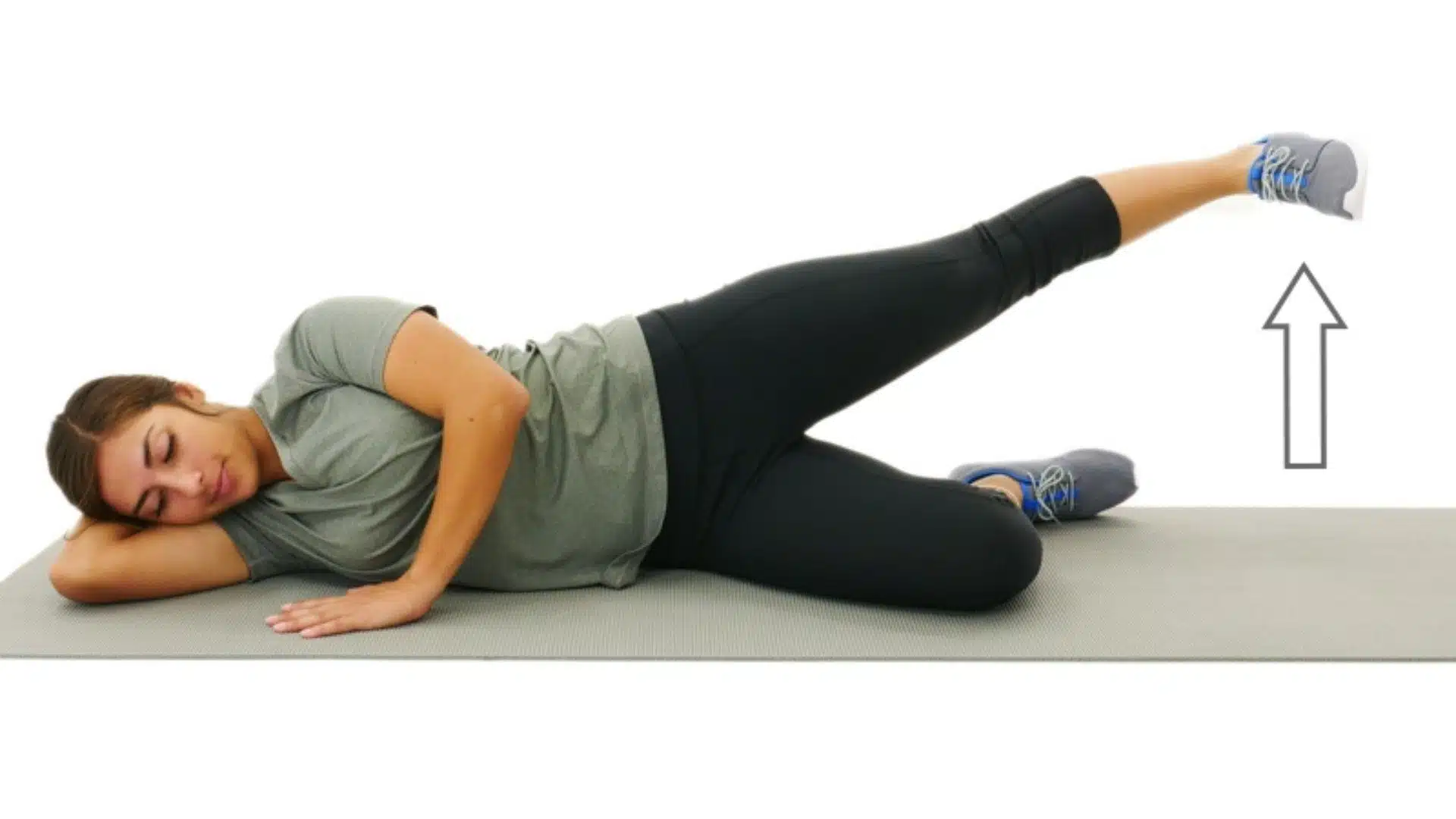

This classic exercise isolates your gluteus medius better than almost any other movement. Lie on your side with your bottom arm supporting your head.
Keep your body in a straight line from head to feet. Slowly lift your top leg about twelve inches, focusing on using your hip muscles rather than momentum.
Hold for two seconds at the top before lowering with control. The key is maintaining proper alignment without rolling backward or forward during the movement.
2. Clamshells with Resistance Band
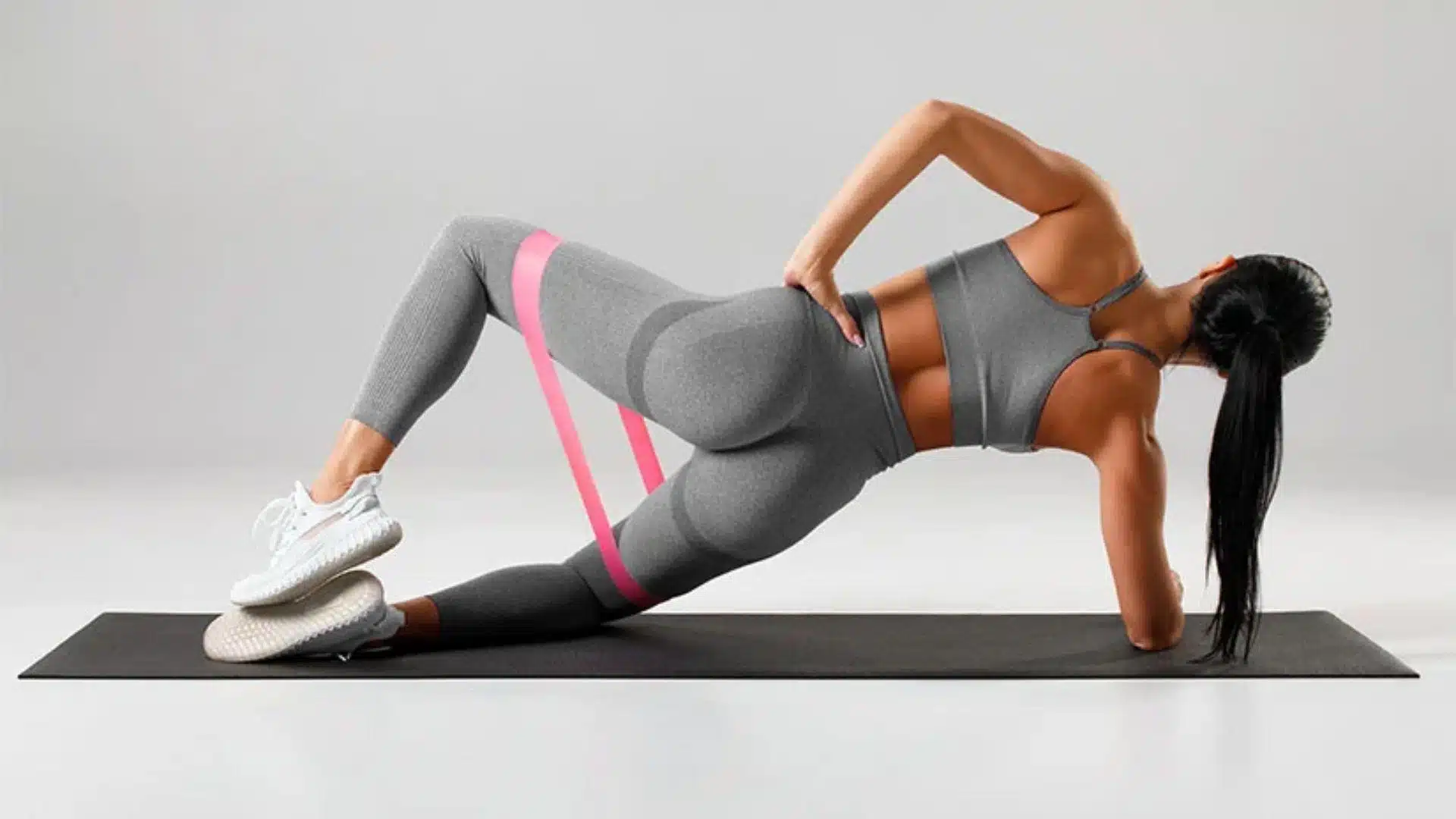

Clamshells target the gluteus medius through hip rotation, making them unique among glute exercises. Lie on your side with knees bent at ninety degrees and a resistance band around your thighs.
Keep your feet together while rotating your top knee upward like opening a clamshell. Focus on squeezing your outer hip muscles rather than using your back or core.
The resistance band adds extra challenge and ensures proper muscle activation throughout the entire range of motion.
3. Lateral Band Walks
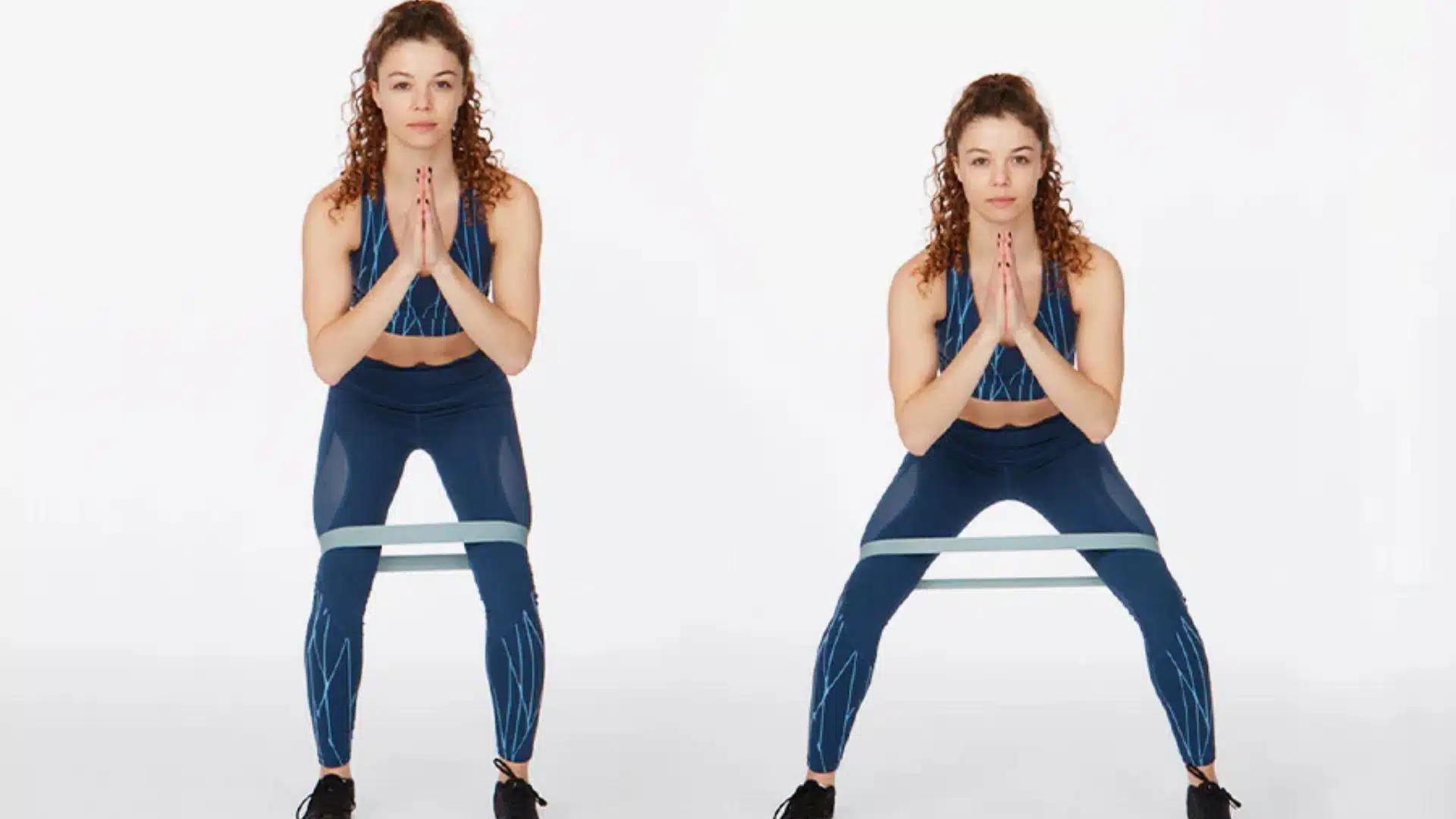

This exercise activates your gluteus medius through functional side-stepping movements that mimic real-life activities. Place a resistance band around your ankles and stand with your feet hip-width apart.
Take small steps sideways while maintaining a slight squat position and keeping tension in the band. Avoid letting your knees cave inward or taking steps that are too large.
The constant tension from the band forces your gluteus medius to work continuously, making it highly effective for building strength and endurance.
4. Standing Hip Abduction
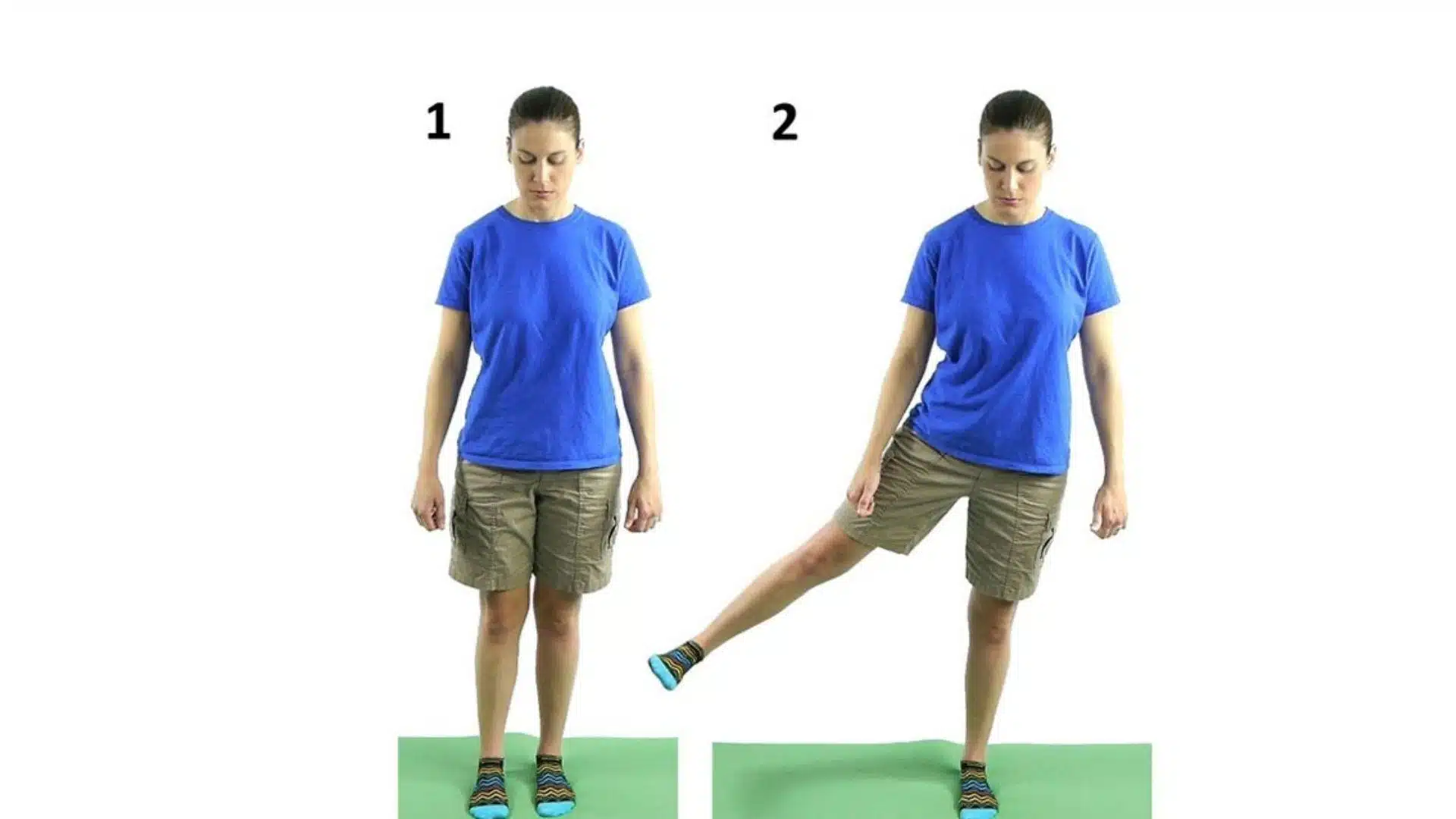

Standing hip abduction is unique because it challenges your balance while strengthening your gluteus medius. Stand tall and hold onto a wall or chair for light support if needed.
Slowly lift one leg out to the side while keeping your torso upright and stable. Focus on lifting from your hip rather than leaning your body away from the moving leg.
This exercise improves both strength and stability, making it ideal for everyday functional movement patterns, such as walking and climbing stairs.
5. Single-Leg Bridge
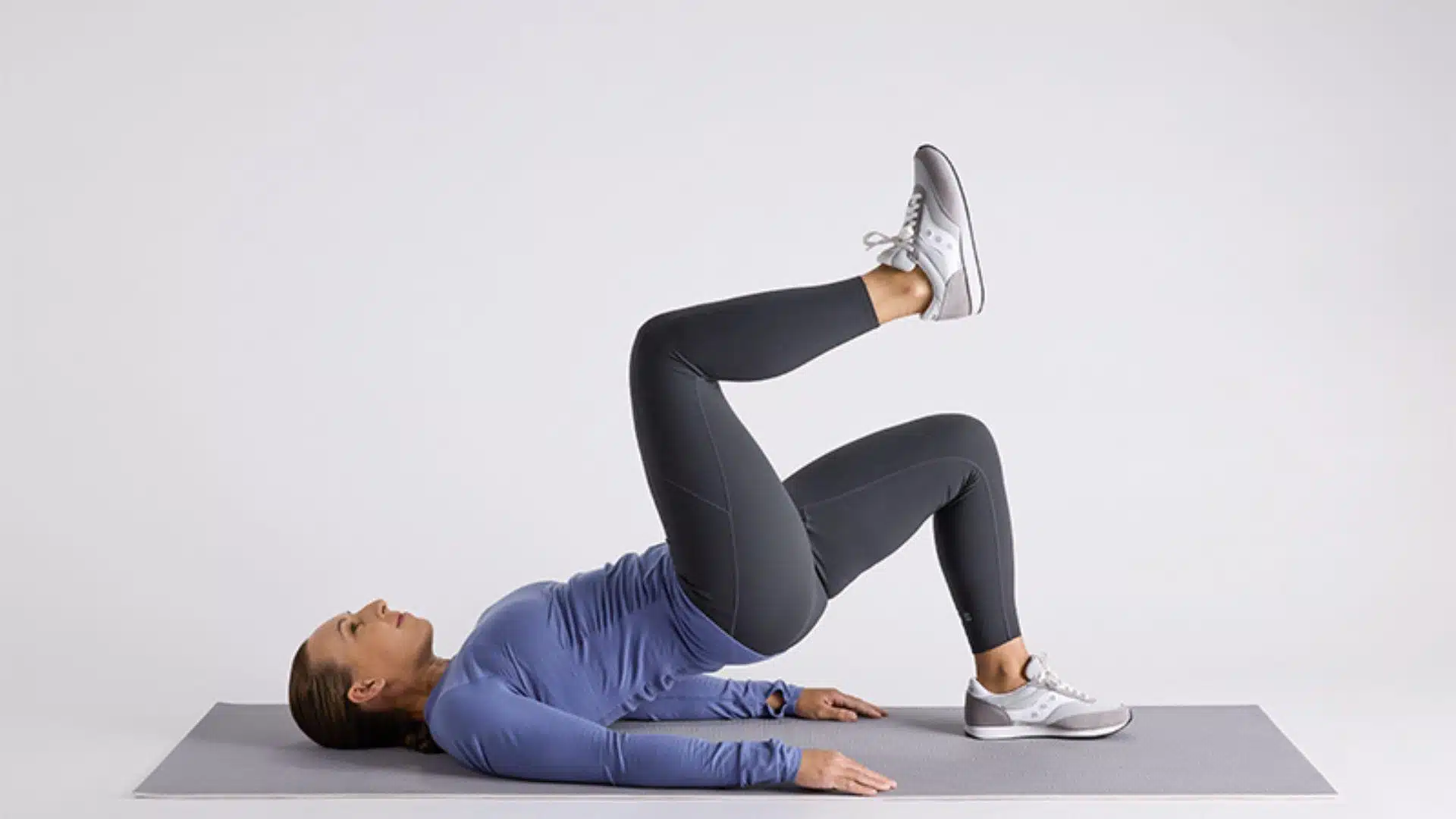

This variation adds instability to the traditional bridge, forcing your gluteus medius to work harder for stability. Lie on your back with one knee bent and the other leg extended straight.
Push through your planted heel to lift your hips while keeping the extended leg in line with your body. The single-leg position challenges your hip stability and requires more activation from your gluteus medius.
Focus on keeping your hips level and avoiding rotation during the movement for maximum effectiveness.
6. Fire Hydrants Exercise
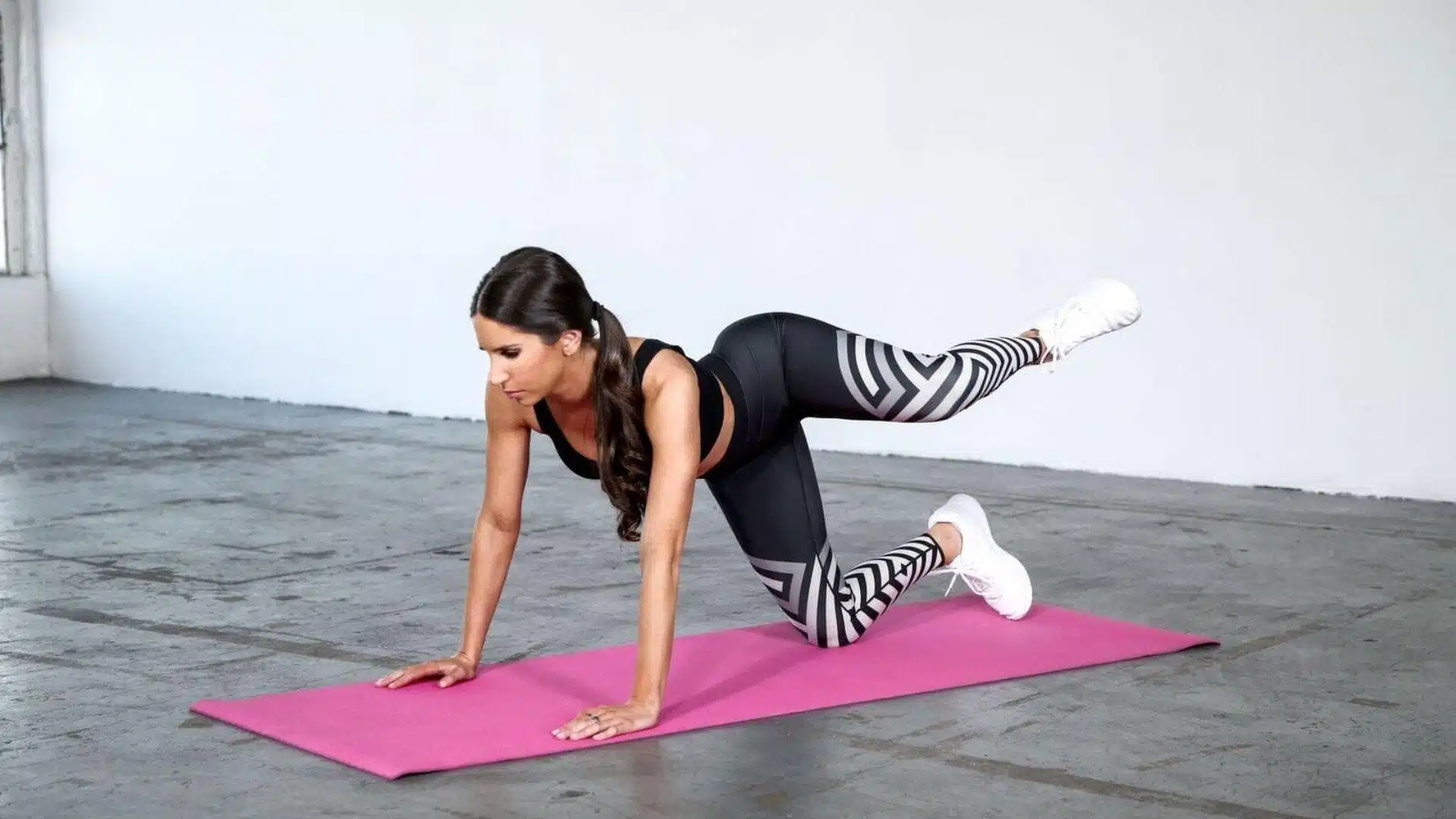

Fire hydrants uniquely target the gluteus medius through a dog-like leg lifting motion. Start on your hands and knees with your wrists under your shoulders and your knees under your hips.
Lift one leg out to the side while keeping your knee bent at ninety degrees. Keep your core engaged to prevent your lower back from arching or rotating.
The movement should come entirely from your hip joint, not your spine. This exercise effectively isolates the gluteus medius while also improving hip mobility and core stability.
7. Hip Hitch
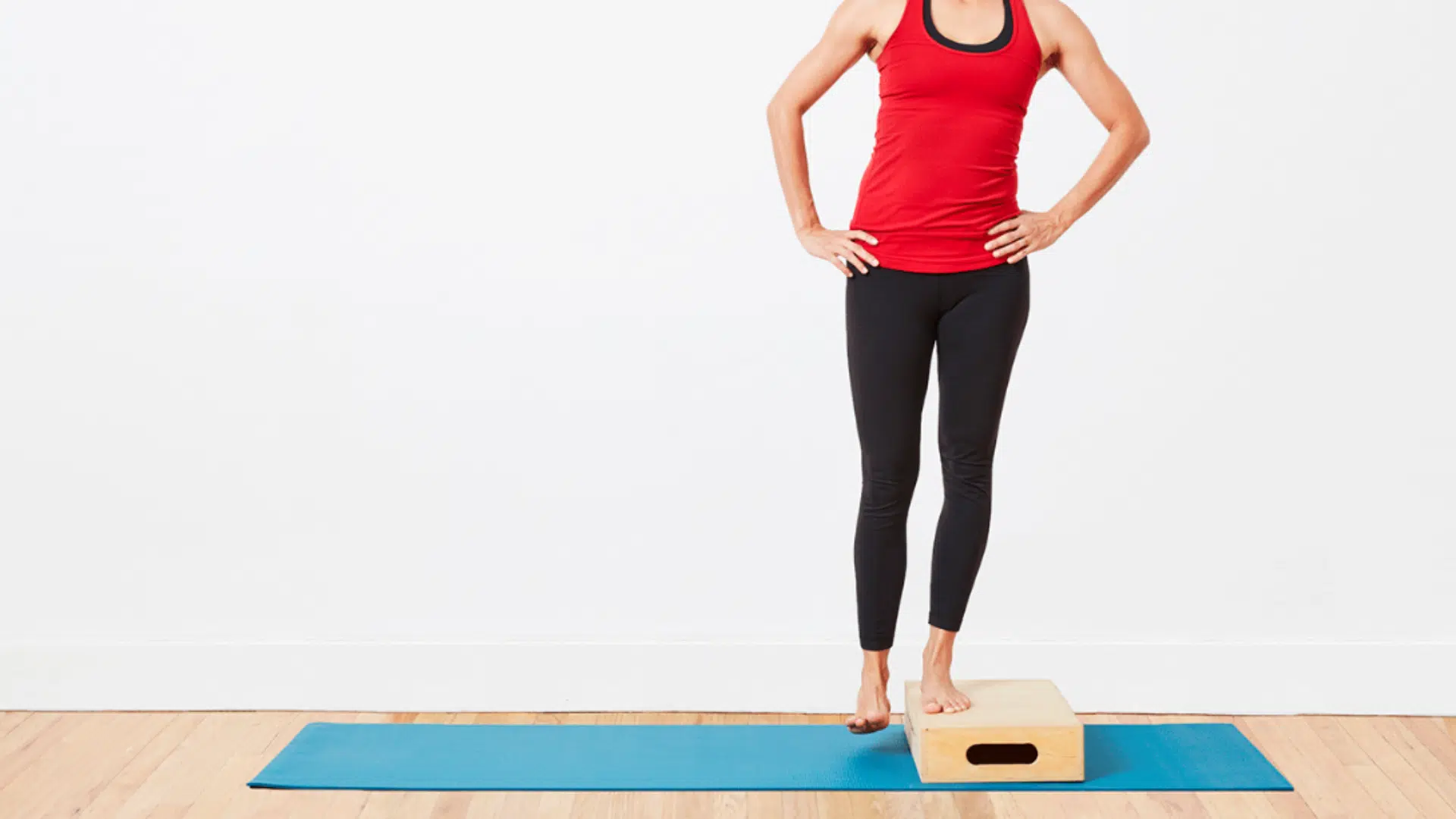

The hip hitch is unique because it trains your gluteus medius to prevent hip drop during single-leg activities. Stand on a step with one foot hanging freely off the edge.
Let the free leg’s hip drop down, then use your standing leg’s gluteus medius to lift it back up. Keep your torso straight and avoid leaning to one side during the movement.
This exercise directly addresses the gluteus medius’s primary function of maintaining pelvic stability, making it highly functional for walking and running activities.
8. Side Plank with Leg Lift
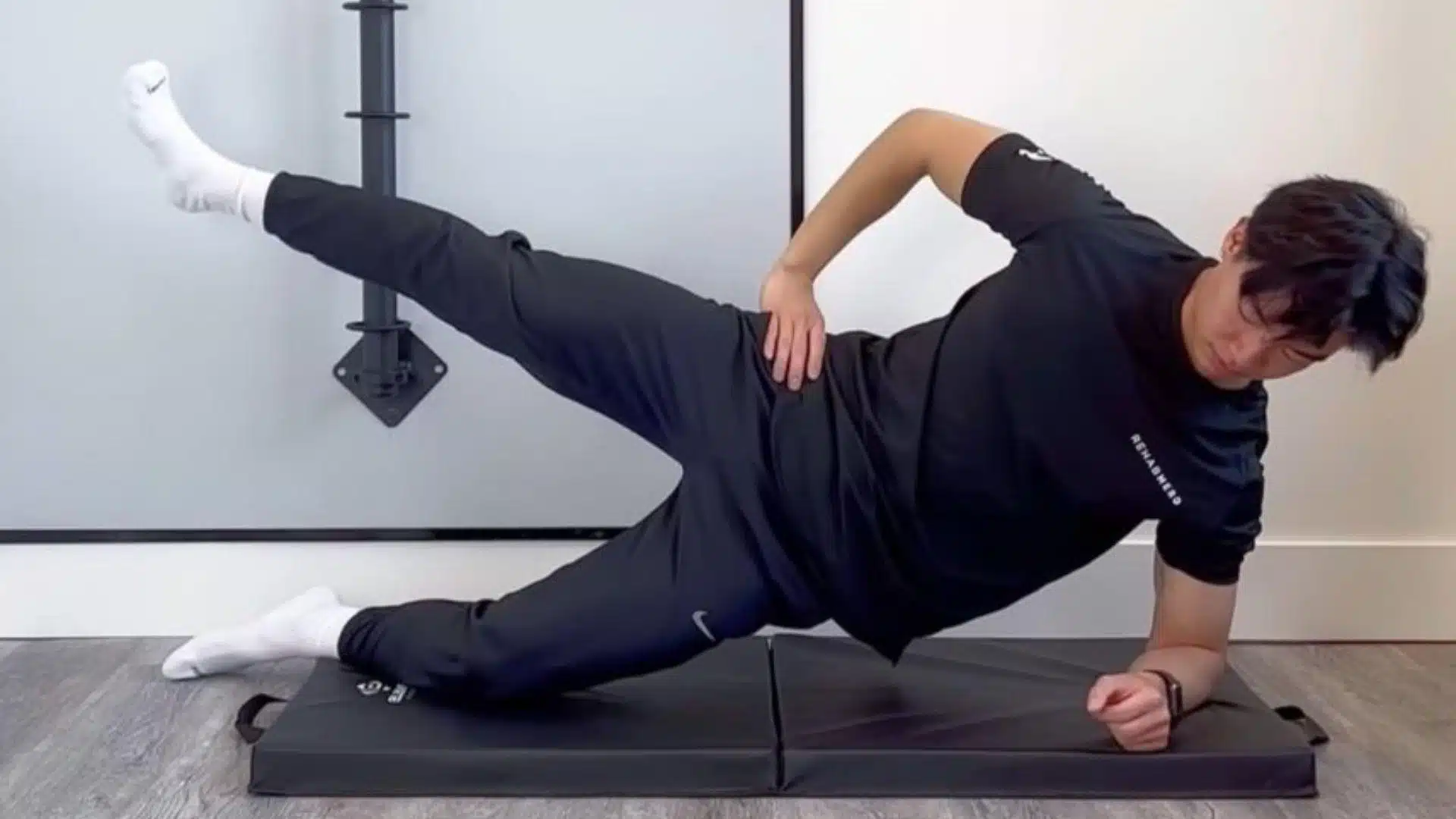

This exercise combines core stability with gluteus medius strengthening in one challenging movement. Lie on your side and prop yourself up on your forearm in a side plank position.
Once stable, lift your top leg up and down while maintaining the plank. Keep your body in a straight line and avoid letting your hips sag or rotate to the side.
The combination of holding the side plank while moving your leg creates intense activation in your gluteus medius and improves overall lateral stability.
9. Monster Walks
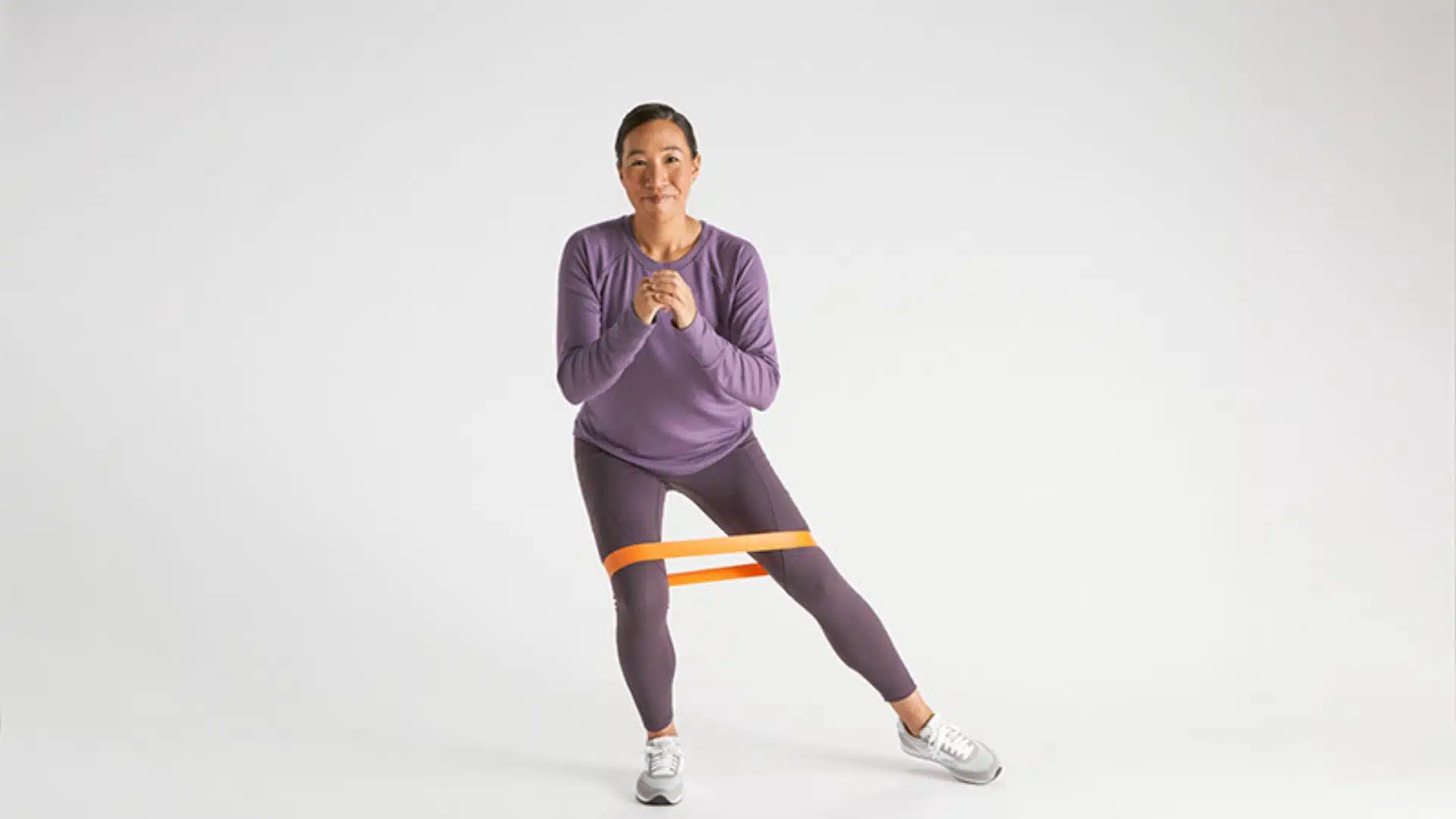

Monster walks uniquely challenge your gluteus medius in multiple directions, making them highly functional. Place a resistance band around your ankles and assume a quarter-squat position.
Walk forward, backward, and diagonally while maintaining the squat and keeping tension in the band. The varied directions force your gluteus medius to work in different planes of movement.
Keep your knees aligned over your toes and avoid letting them cave inward throughout all the walking patterns for optimal results.
10. Single-Leg Deadlift
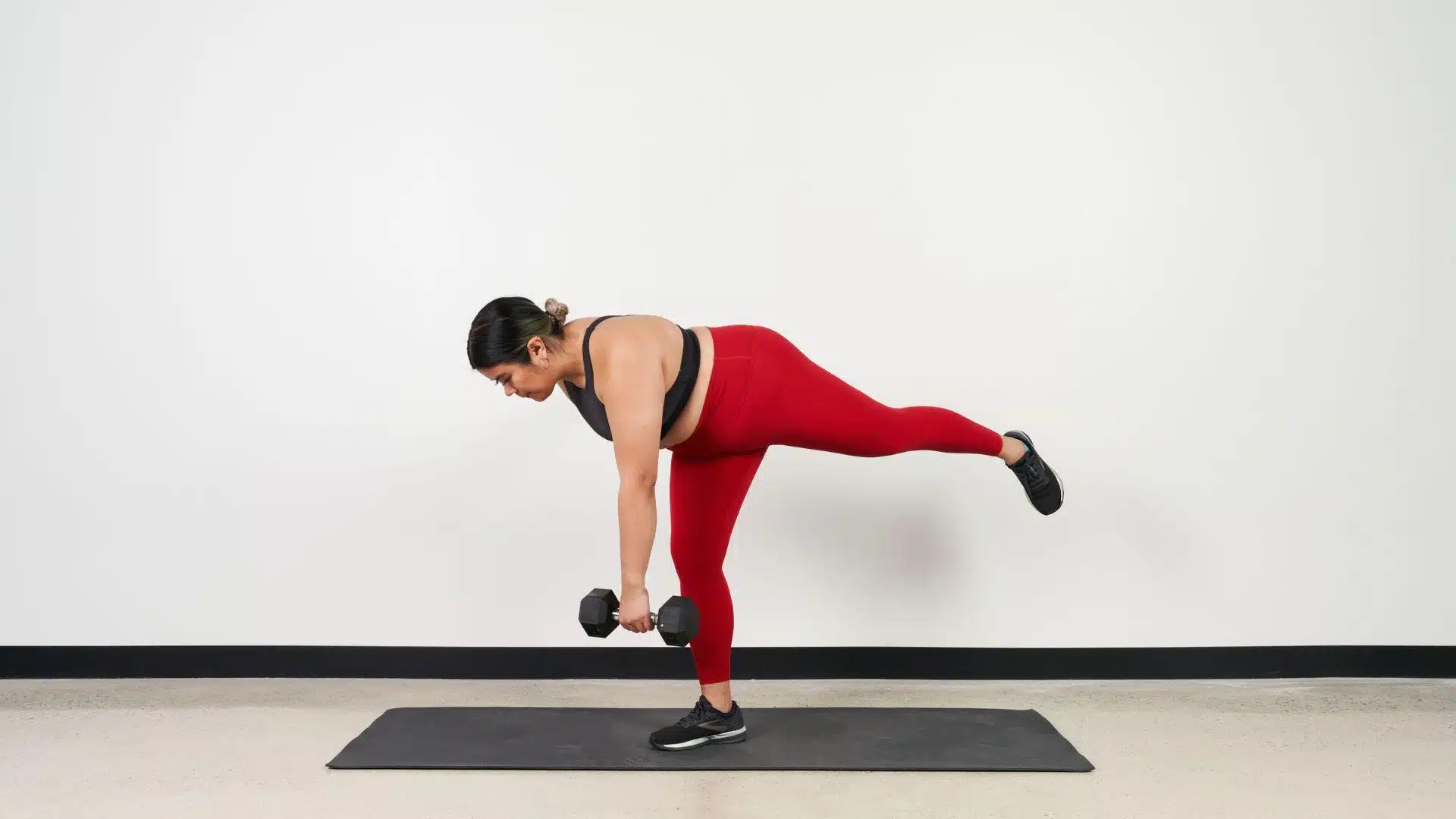

Single-leg deadlifts uniquely combine gluteus medius strengthening with posterior chain development and balance training.
Stand on one leg and hinge at your hip while reaching toward the ground. Your free leg extends behind you as a counterbalance, while your standing leg’s gluteus medius works to prevent your hip from dropping.
Keep your back straight and focus on the hip hinge movement, rather than bending your knees. This exercise builds functional strength that directly transfers to walking, running, and other athletic activities.
11. Frog Bridges
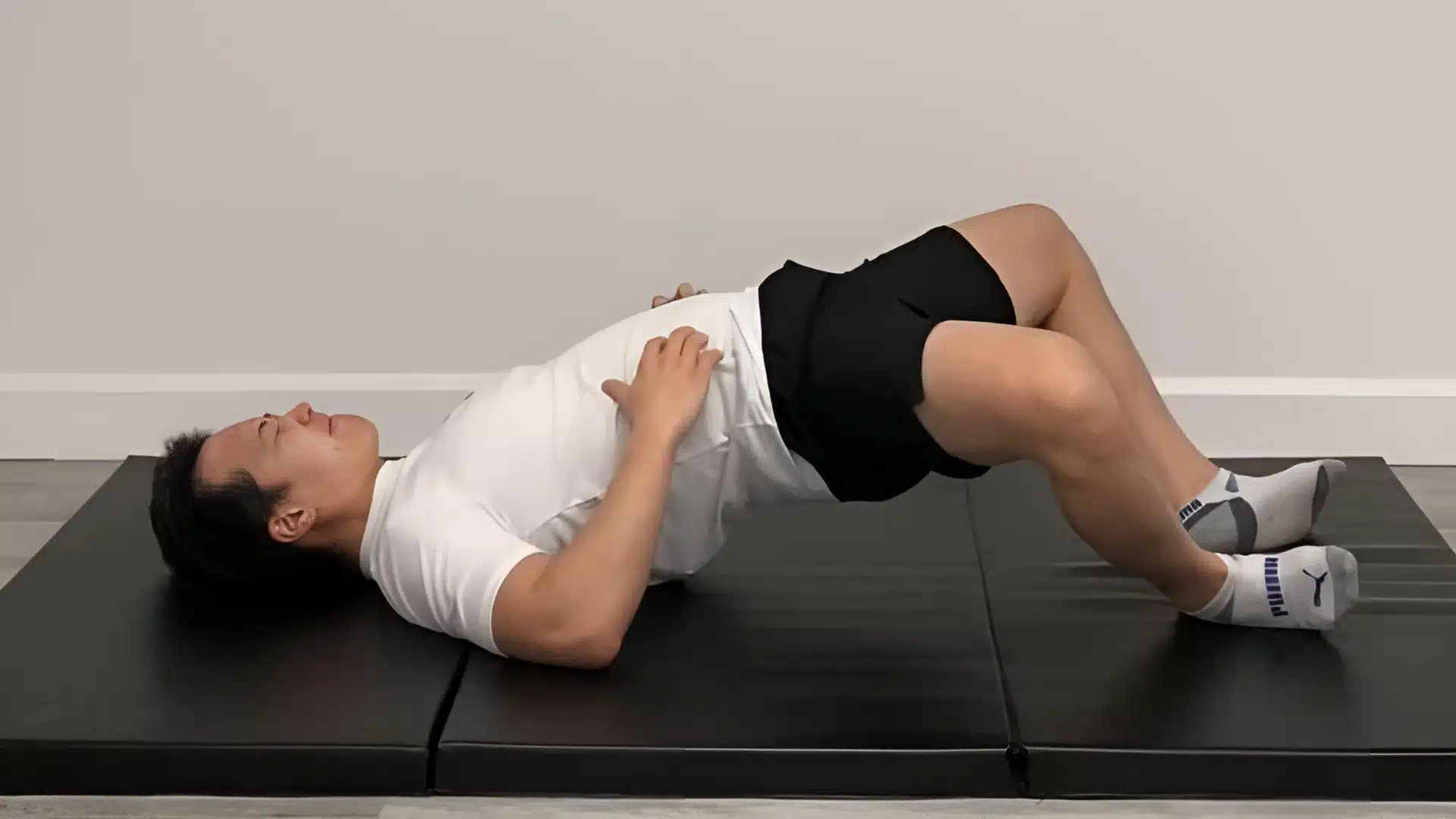

Frog bridges uniquely target the gluteus medius through external hip rotation combined with hip extension. Lie on your back and bring the soles of your feet together with knees falling outward.
Push through your heels to lift your hips into a bridge position. The frog-leg position forces your gluteus medius to work harder to maintain proper hip alignment.
Focus on squeezing your glutes at the top while keeping your knees wide. This variation adds rotational strength to traditional bridge benefits.
How to Incorporate Gluteus Medius Exercises into Your Routine
| Step | Description |
|---|---|
| Frequency | Perform gluteus medius exercises 2–3 times per week for the best results. |
| Workout Integration | Add them to your regular lower-body sessions or create a dedicated hip stability workout. |
| Pre-Workout Activation | Do 3–4 gluteus medius exercises before your main workout to activate the muscle and improve performance in squats, lunges, and deadlifts. |
| Post-Workout Finisher | Use them as finishers at the end of a training session to reinforce hip strength and control. |
| Exercise Variety | Combine light activation moves (like clamshells) with challenging exercises (like single-leg deadlifts) to train the muscle effectively. |
| Goal | Build strength and stability in the gluteus medius while improving performance in compound movements. |
Mistakes to Avoid When Doing Gluteus Medius Exercises
Even simple gluteus medius exercises can go wrong if you’re not paying attention to proper form. These common mistakes can reduce effectiveness and potentially lead to injury if not corrected early.
- Using momentum instead of controlled muscle contractions makes the exercises less effective and increases injury risk significantly.
- Letting your pelvis tilt or rotate during single-leg exercises shifts the work away from your gluteus medius muscle.
- Adding resistance bands or weights too quickly before mastering bodyweight versions can compromise your form and cause strain.
- Holding your breath during exercises reduces oxygen flow, making it harder to maintain proper muscle activation.
- Ignoring pain signals and pushing through discomfort can turn minor issues into serious injuries that require recovery time.
Learning to recognize and fix these mistakes early will help you get better results from your training. Take time to focus on quality movement patterns rather than rushing through repetitions or adding difficulty too soon.
Wrapping It Up
Strong glute med exercises are your secret weapon for better hip stability, pain-free movement, and injury prevention throughout your entire body.
Your knees will track properly, your back will feel more stable, and your balance will improve dramatically during daily activities.
Remember that consistency beats intensity when building gluteus medius strength.
The exercises I’ve shared will help you move better, feel stronger, and prevent the common aches and pains that come from muscle imbalances.
Your future self will thank you for taking action today and prioritizing this crucial muscle. Comment below and let me know which glute med (medius) exercises feel most challenging for your body!


